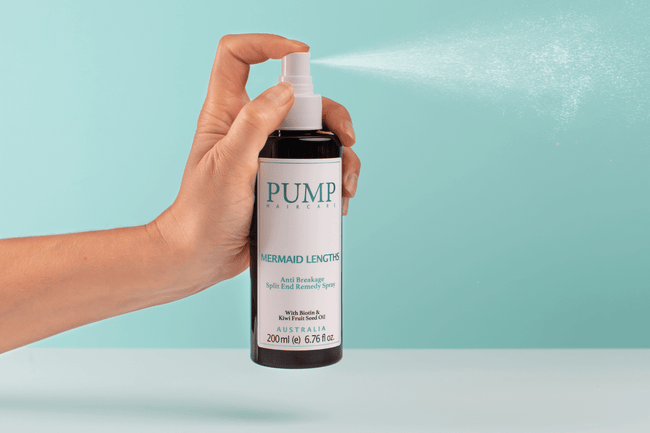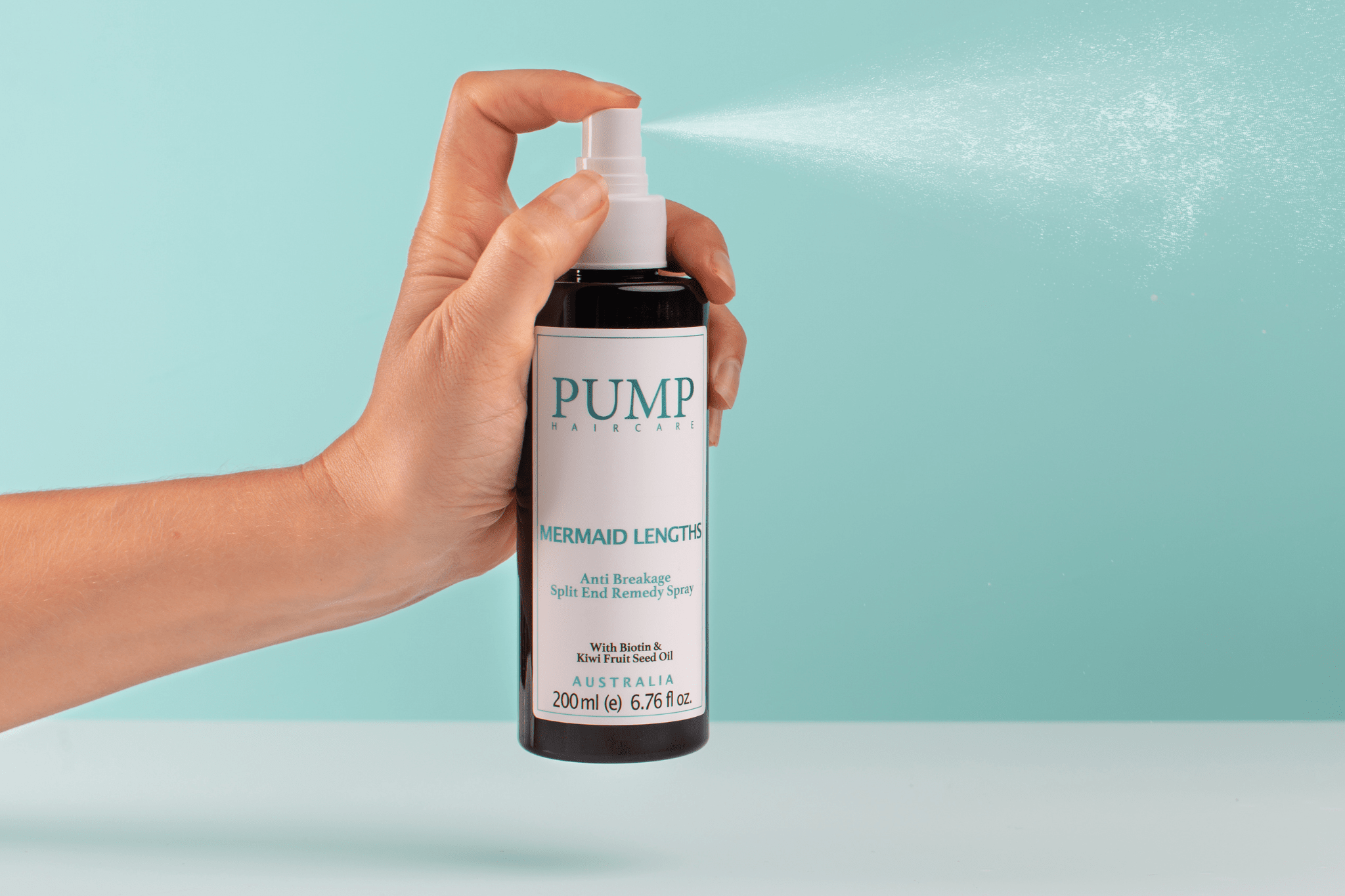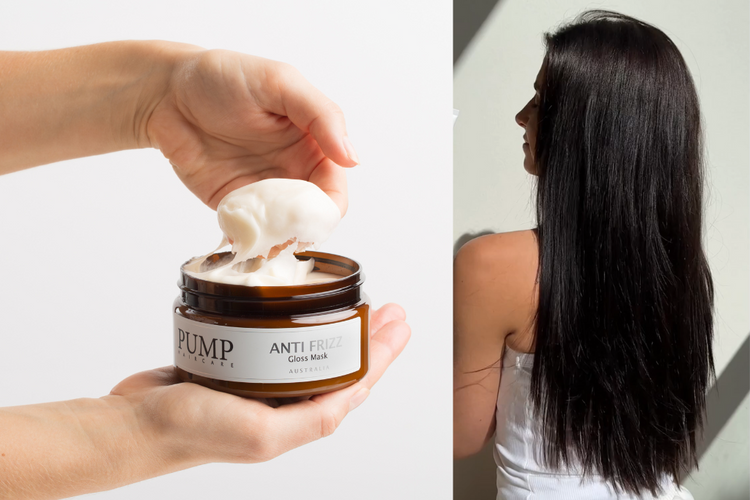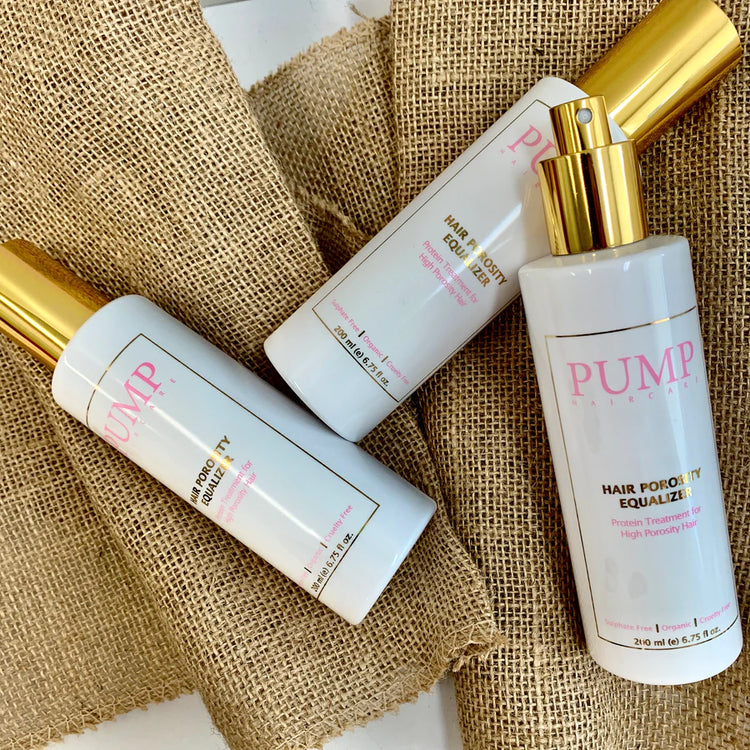Hair breakage can be frustrating, making hair appear damaged, frizzy, and difficult to manage. From environmental factors to daily styling habits, various things contribute to hair breakage. Luckily, understanding the causes and adopting a targeted hair care routine can significantly reduce breakage, leaving you with stronger, healthier hair.
Understanding Hair Breakage
Hair breakage happens when the hair shaft weakens and splits, leading to shorter, uneven strands and thinning at the ends. Unlike natural shedding, where the hair falls out from the root, breakage usually occurs due to excessive dryness, mechanical stress, or chemical damage.
Understanding the difference between prevention and aftercare is crucial in managing hair breakage. While aftercare strategies can help repair and strengthen damaged hair, it’s always easier to prevent breakage before it happens. Implementing proactive measures—like using gentle hair products, avoiding excessive heat, and ensuring proper hydration—can save you time and effort in the long run. By fostering healthy hair habits from the start, you not only protect your hair’s integrity but also maintain its overall health and shine. Committing to a well-rounded hair care routine tailored to your specific needs is the best strategy for keeping breakage at bay and achieving beautiful, resilient hair.
1. Hydrate and Nourish with a Prewash Oil
Dry hair is more prone to breakage, as it lacks the flexibility to withstand brushing and styling. Regularly applying a prewash oil treatment can help strengthen hair from within, improving elasticity and moisture retention. Oils like coconut oil, argan oil, and almond oil are excellent choices as they penetrate the hair shaft, delivering deep nourishment. Massage the oil into your scalp and hair at least 30 minutes before washing, allowing it to absorb fully. This not only helps with hydration but also prepares your hair to better withstand the shampooing process.
2. Be Mindful of Your Washing Routine
Washing your hair too often can strip it of its natural oils, leading to dryness and potential breakage. Aim to wash your hair two to three times a week, depending on your hair type. When shampooing, use gentle, sulphate-free products and focus on the scalp rather than the lengths, which tend to be drier. After washing, try a hair strengthening and growth spray to fortify strands with essential nutrients and reduce breakage over time.
3. Choose the Right Drying Technique
Rough towel drying can weaken hair and lead to breakage. Instead, opt for a soft microfibre towel or gently squeeze out excess water with a cotton T-shirt. Air drying is ideal, but if you need to blow-dry, use the lowest heat setting to avoid excessive moisture loss and maintain hair strength.
4. Limit Heat Styling and Use Protection
Frequent heat styling is one of the main culprits of hair breakage. High temperatures from straighteners, curling wands, and hair dryers strip hair of moisture, making it fragile. To avoid this, limit heat styling to special occasions. When you do use heat tools, apply a heat protectant for dry hair. This product forms a protective layer on the hair surface, which helps prevent excessive moisture loss and keeps hair more resilient.
5. Focus on Scalp Health
Healthy hair starts with a healthy scalp. Scalp health is crucial for hair strength, as it’s where hair growth begins. Keeping your scalp clean and well-nourished can improve hair resilience and reduce breakage. Use a gentle, clarifying shampoo occasionally to remove build-up and follow up with a moisturising conditioner or prewash oil treatment. Scalp massages can also stimulate blood flow, promoting hair growth and helping nutrients reach the roots. For added nourishment, consider using a scalp-focused growth spray to maintain a balanced, hydrated scalp environment.
6. Use Gentle Hair Accessories
Tight elastics and metal hair accessories create tension and can cause breakage at the root or along the hair shaft. Choose gentle hair accessories like soft scrunchies or fabric-covered elastics. Avoid hairstyles that pull tightly on the scalp, such as high ponytails or tight braids, as they can lead to breakage over time. Looser hairstyles allow your hair to rest without strain, reducing the chances of breakage.
7. Deep Condition Regularly
Deep conditioning treatments are essential for keeping hair hydrated and resilient. Look for products with proteins, natural oils, and humectants like glycerin to repair and strengthen hair. A deep conditioning mask once a week can replenish moisture levels and restore elasticity, making hair less prone to snapping.
8. Avoid or Space Out Chemical Treatments
Chemical treatments like colouring, perming, or relaxing can significantly weaken the hair shaft, increasing the risk of breakage. If you choose to colour or chemically treat your hair, try to space out treatments and have them done by a professional. Regular conditioning and protein treatments are also essential for chemically treated hair to restore lost moisture and protein.
9. Protect Your Hair at Night
Nighttime habits can have a big impact on your hair’s health. Switching to a mulberry silk pillowcase can reduce friction, preventing breakage, frizz, and tangles while you sleep. Unlike cotton, silk is smooth and allows hair to glide without catching, plus it’s less absorbent, which helps retain your hair’s natural oils. Additionally, loosely braiding your hair before bed or using a silk or satin bonnet can minimise tangling and breakage. Ensure your hair is fully dry before bed, as sleeping with damp hair can weaken the hair shaft and increase the risk of breakage.
10. Be Gentle When Detangling
Detangling can lead to breakage if done too harshly. Use a wide-tooth comb or a gentle detangling brush, starting from the ends and working your way up to avoid pulling and breaking the hair. For best results, detangle hair when it’s damp and apply a leave-in conditioner to make the process easier. A hair strengthening and growth spray can also reduce breakage during detangling by adding slip and making hair more manageable.
When to Seek Help
If you’re following these tips and still experiencing significant breakage, there may be an underlying issue, such as nutritional deficiencies or hormonal imbalances. In such cases, consult a healthcare provider or dermatologist to get to the root of the problem.
For more information on how to understand and care for your hair type, check out our blog post: Dry Hair vs. Frizzy Hair: Are They Different? Knowing the differences between hair types can help you choose the best approach to prevent breakage and keep your hair looking healthy.






